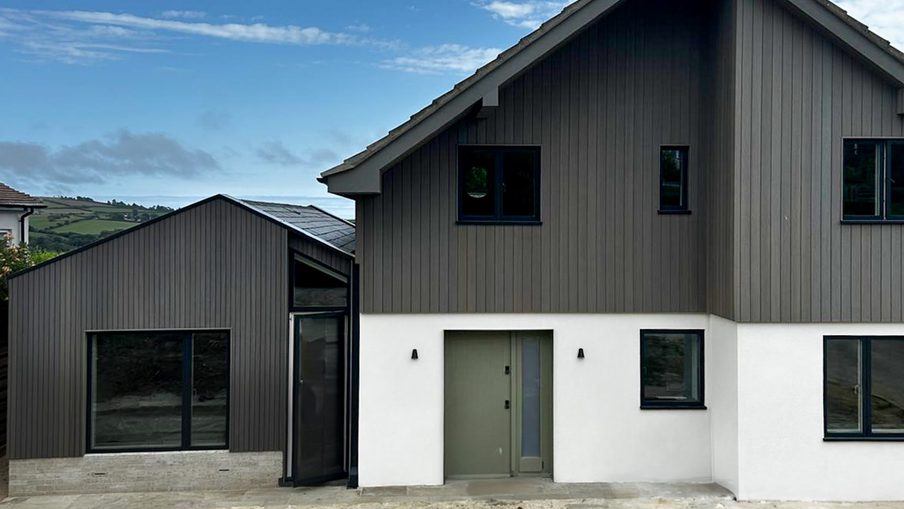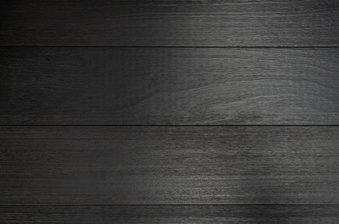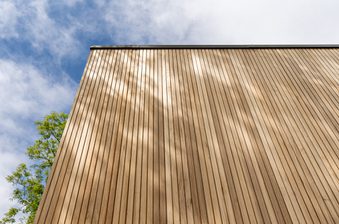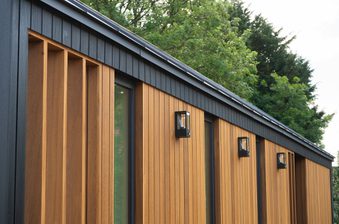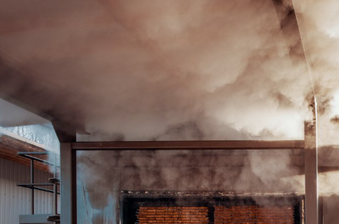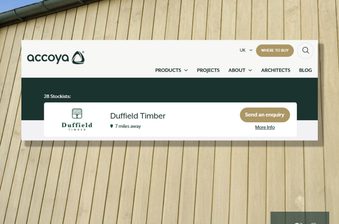Daring to go dark? Black timber cladding can provide a bold, eye-catching finish to the exterior of your property.
If you were asked to visualise some traditional timber cladding, you may think of the gorgeous reddish-browns of Western Red Cedar, or perhaps the characterful golden brown-yellow tones of Siberian Larch.
You’re probably less likely to imagine an imposing jet-black timber, or a striking black-dark brown charred wooden surface.
This type of cladding is certainly trending amongst design-minded self-builders, DIYers and architects — but why?
Standing out from the crowd
There’s no getting away from it — black cladding is not a traditional cladding colour in any way. Particularly in jet black, it’s not something that occurs naturally. This makes it a bold statement choice.
Chartex® cladding in particular, elicits a certain shock factor that is bound to catch the eye. It has design origins from 18th century Japan — known as Yakisugi, translating literally as ‘burned cedar’, was a technique for preserving the wood.
This modern version involves taking a cladding board, structuring the grain with a wire brush to create texture, then applying a factory coated coal black wood stain.
It creates an undeniably arresting and eye-catching structure but with a more robust hard wearing finish that doesn’t flake!
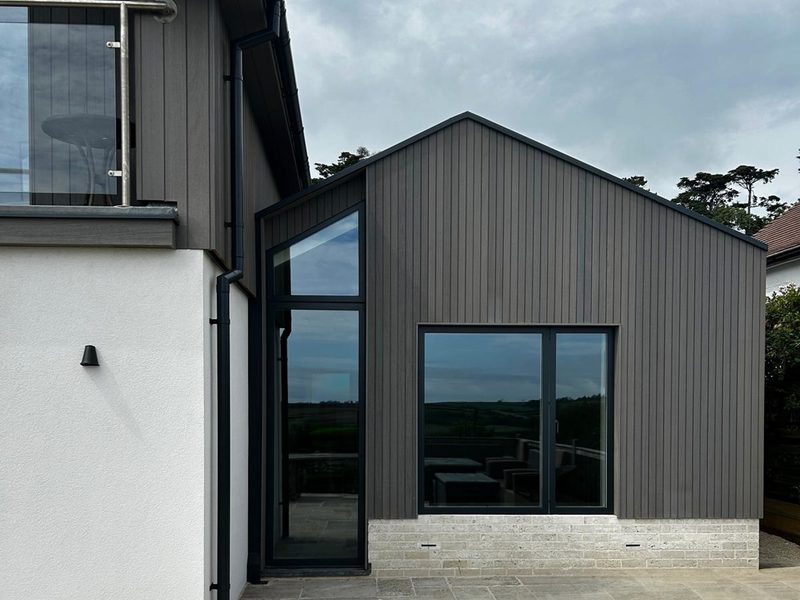

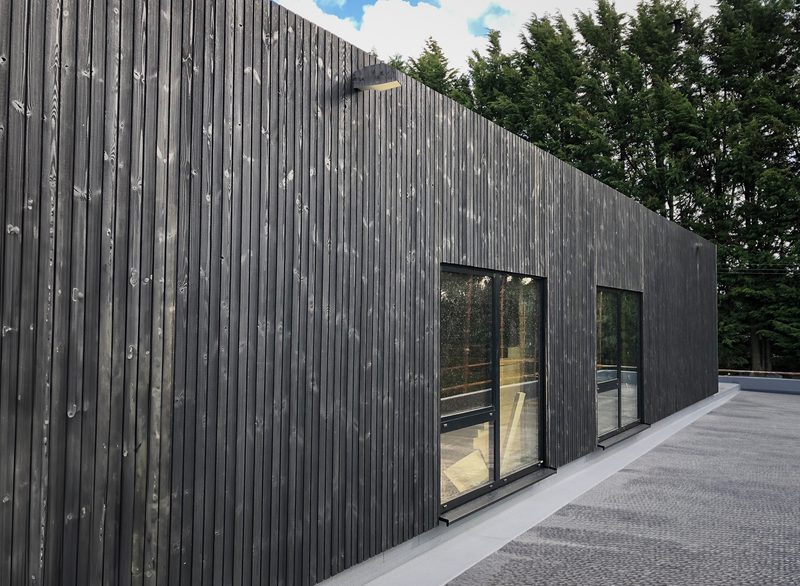
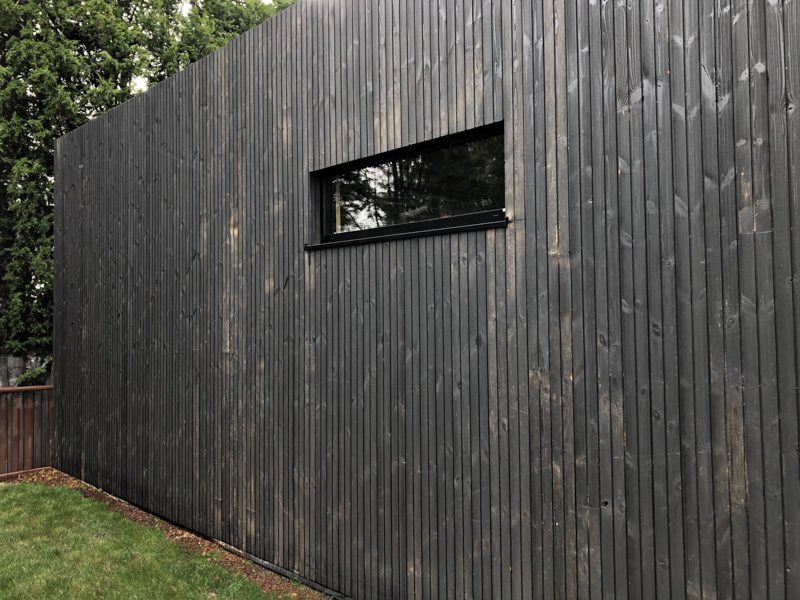
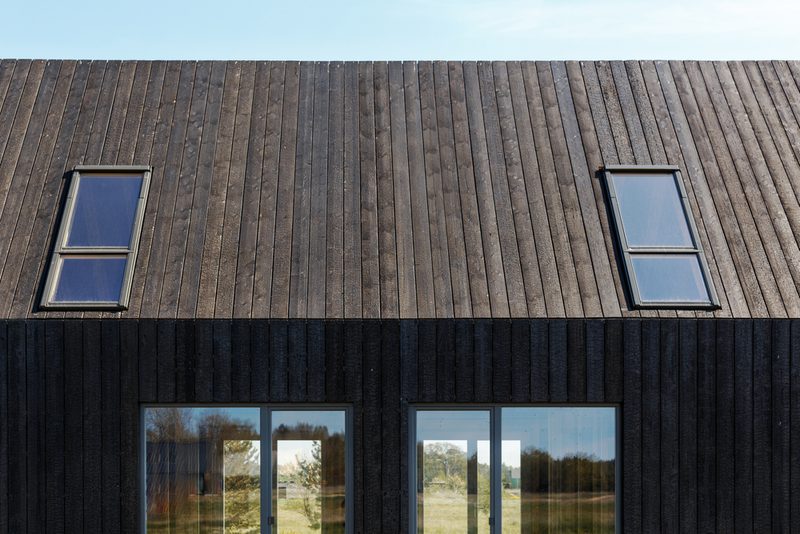

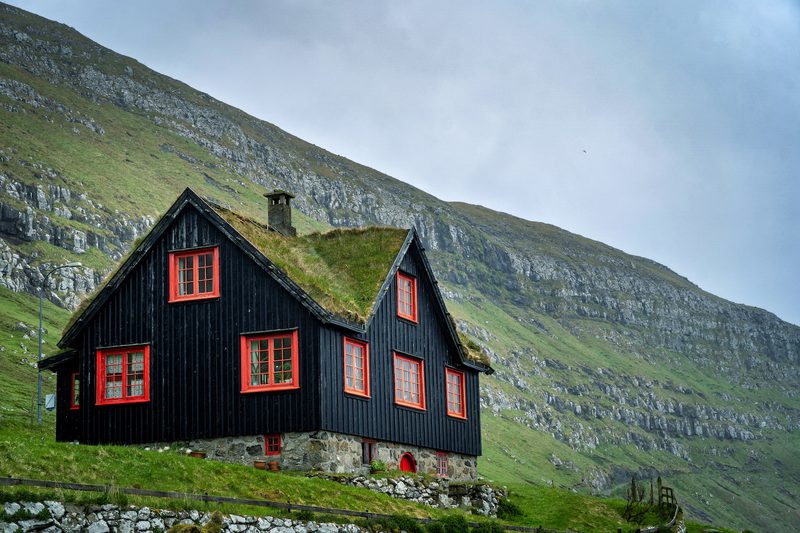
Providing contrast
Black doesn’t doesn’t have to dominate. It can be adopted sparingly to add a nice flourish and contrast with other cladding or building materials.
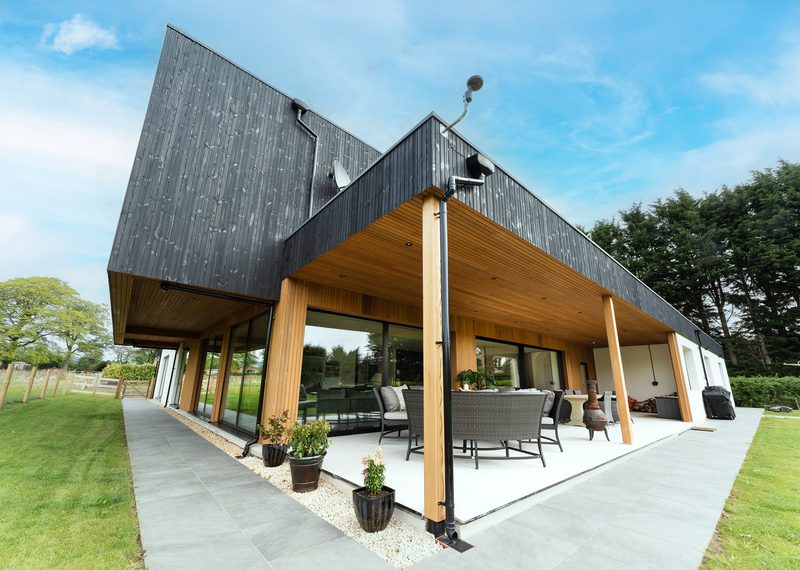
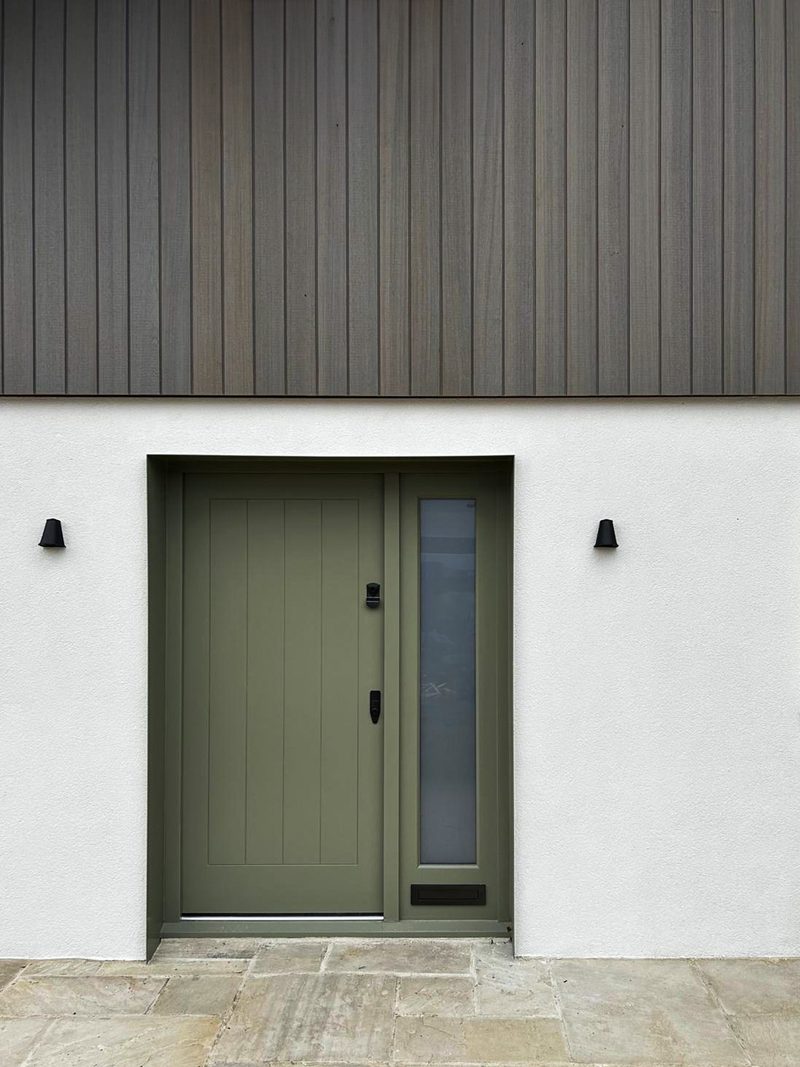
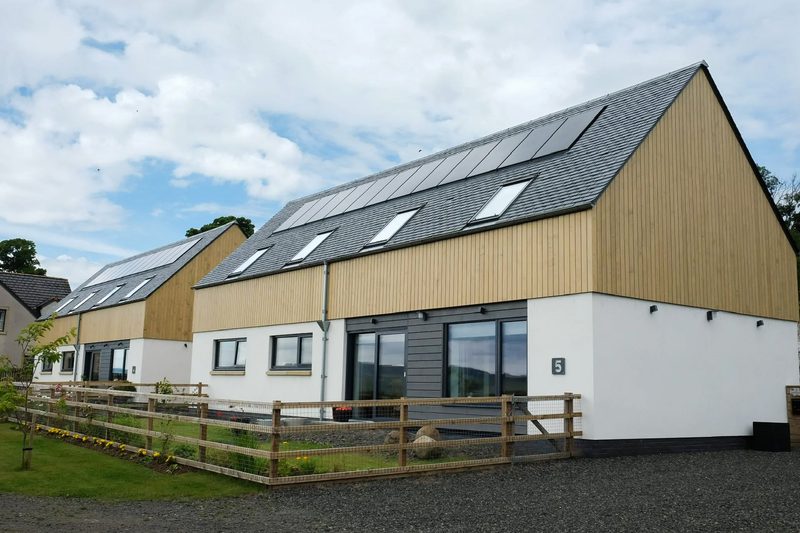
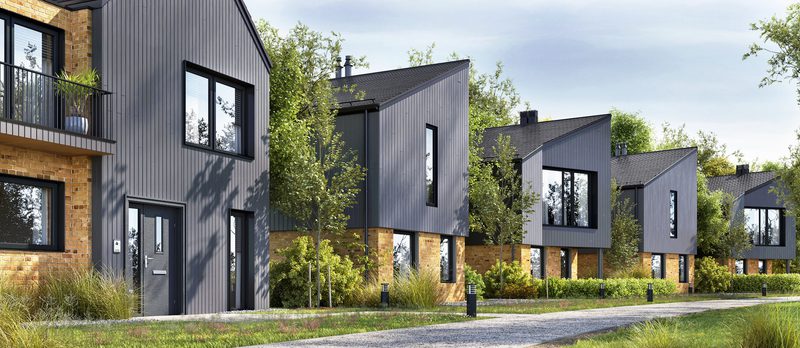

Bold Nordic-inspired, agricultural looks
When used extensively on larger outbuildings — particularly in a featheredge profile — black cladding evokes a rural feel, often popular on Oxfordshire barns.
The colour has also been historically popular on agricultural Nordic buildings. Kirkjubøargarður, located in the Faroe Islands, dates back to the 11th century and is one of the oldest still-inhabited houses in the world.
Go vertical for a more contemporary feel, or horizontal for a traditional look.
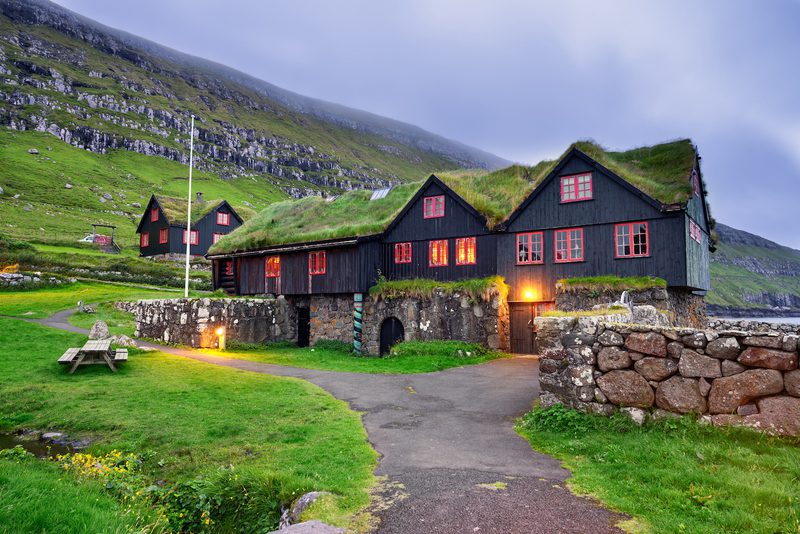
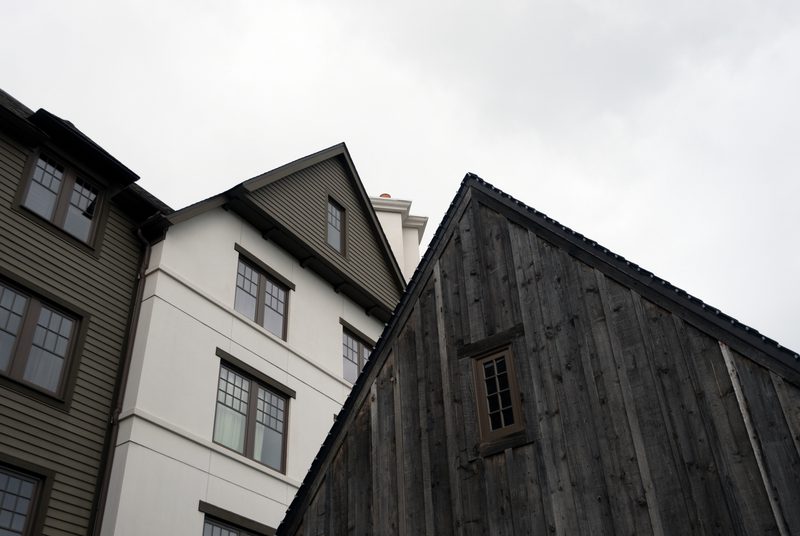
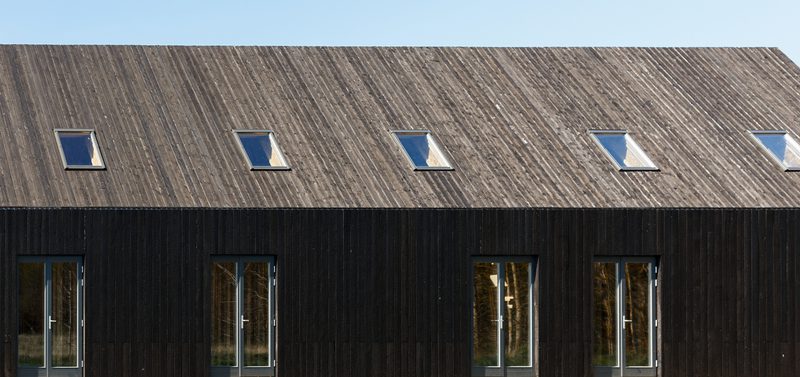
Outdoor performance
The best way to produce black cladding is with a factory finish during the product’s manufacture. This professional treatment shields the wood from its biggest exterior threats: moisture and wood-decaying pests.
The result is a naturally durable, dimensionally stable product that will remain looking its best and performing impeccably until first maintenance.
Similarly, the carbon layer produced during the charring process imbues wood with excellent outdoor properties. As we mentioned, charring — Yakisugi — is actually a traditional Japanese method of preserving wood.
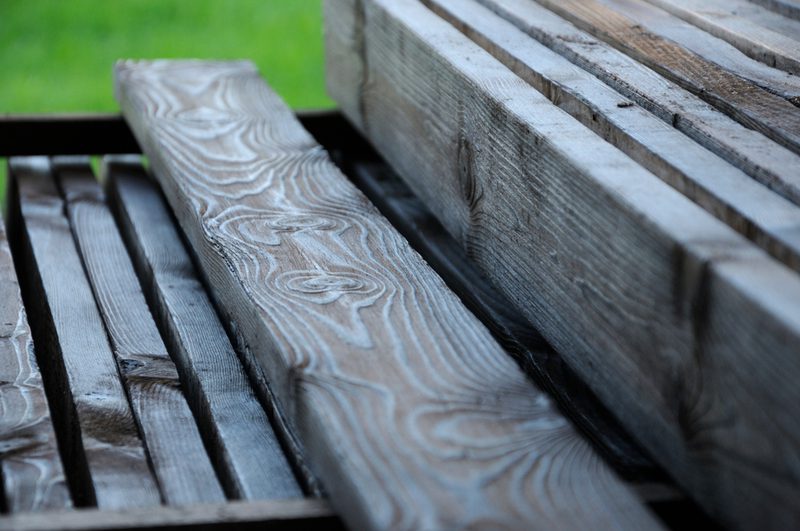
Braced for black?
We offer a wide range of quality timber cladding, including factory-finished black cladding. We can also supply black pre-painted spruce featheredge cladding — perfect for a rural feel whilst making a cost and time saving!
This is available as vertical and horizontal in a number of designer profiles. Everything is precision machined by us on site in North Yorkshire to your specification, with a wide range of additional processes available.
For more advice or to start your project, get in touch with our team using the button below.
